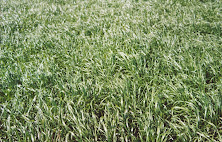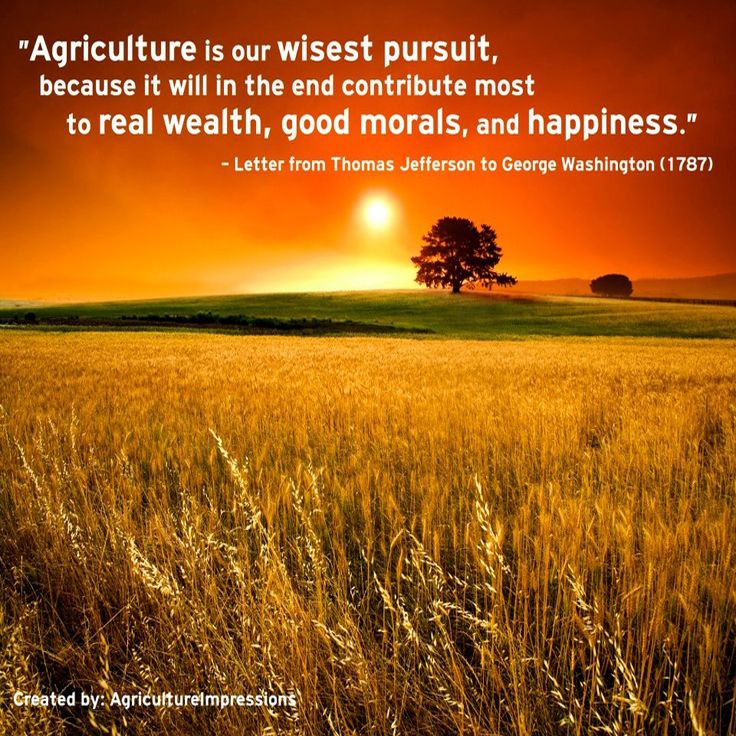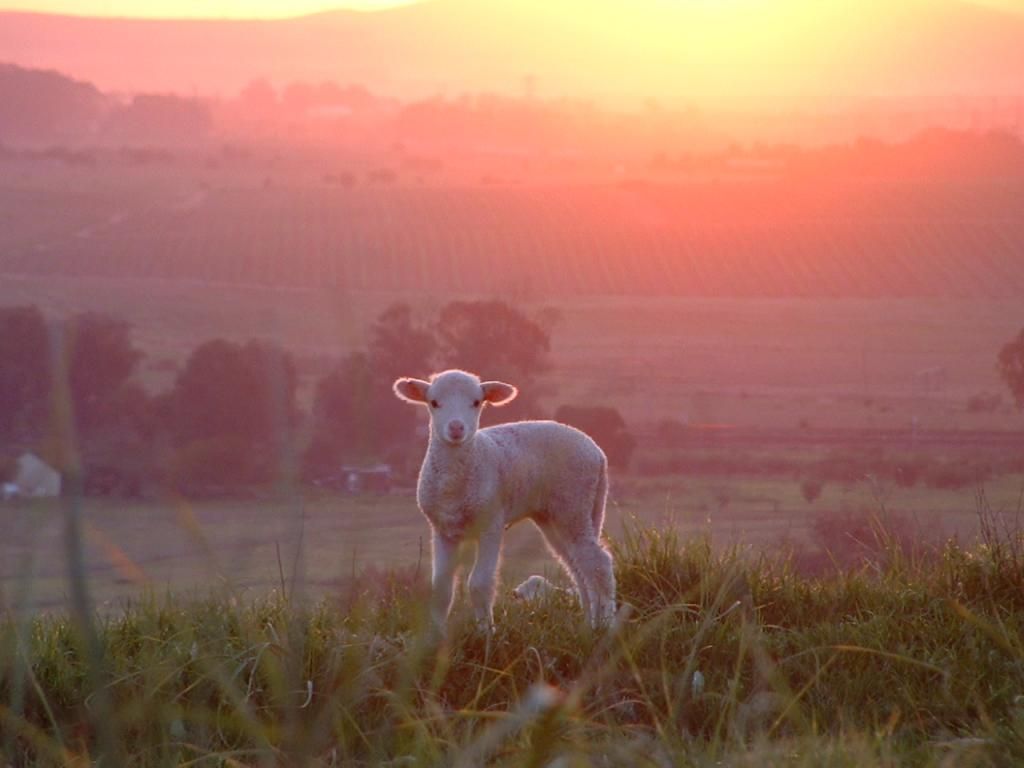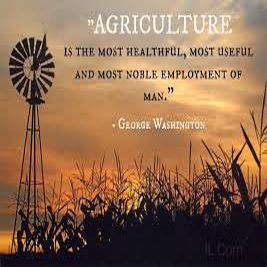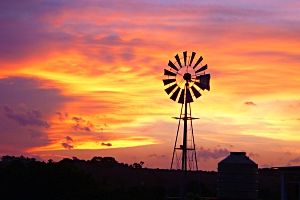Sericea Lespedeza
Sericea, also known as Poor man’s lucerne, is gaining rapidly in popularity amongst SA farmers who
require low-cost legume pastures. Unlike
lucerne, Sericea does not require costly soil mineral corrections – this is how
it earned the poor man label. Another
very important characteristic, also unlike lucerne, is that animals do not
bloat on Sericea. Sericea grows very
satisfactorily on run-down old lands and will even produce valuable grazing and
hay on shallow soils. Liming is rarely required but Phosphorus is needed when
soil levels are extremely low in this all-important
energy mineral. The other great
advantage of Sericea is that it makes protein rich and very palatable hay – far
superior to the average quality hay farmers make from Eragrostis. Moreover the hay can be baled four hours
after cutting on a hot and dry day. Sericea makes ideal sheep pasture but it is
good for cattle too, provided it grazed at a young stage. Sericea’s
biggest drawback is the fact that most farmers find that it takes at least
three years for it to become fully productive. Early summer planting will most often
result in well- developed plants that produce some seed by the end of the first
season.
Hendrik Botha from the farm Harmonie in Matatiele, experienced the success of Sericea and share his experience: We as farmers are always
looking for that miracle pasture that can produce effective grazing and hay on
a sustainable basis.
I am excited to announce that after 30 years of farming, I
have been exposed to what seems to be close to a miracle pasture.
•This pasture has become a solution to many years of
expensive hay production and unstable fodder flow problems. It can be used as
spring and/or autumn grazing for sheep, dairy and beef cattle and produces
cheap, good quality hay. •This pasture has changed old, unproductive and
marginal lands into valuable and productive units, increasing the carrying
capacity of our farm phenomenally. •It has alleviated our fodder- flow problems
and placed our sheep, beef and dairy enterprises on an economically sound
basis.
 We have never used any pesticides before or after planting –
an annual foster crop may be used for sun or heat protection.
We have never used any pesticides before or after planting –
an annual foster crop may be used for sun or heat protection.
Because of the expensive management of any pasture (except
sericea) we are now applying the principle of not only managing a low cost
perennial legume pasture but applying the most important practical way as we
farm with nature.
No cultivation is needed for any hay production or
feed.
The soil is improved naturally with the forming of humus and
plenty earth worm activity, and at a very low cost.

